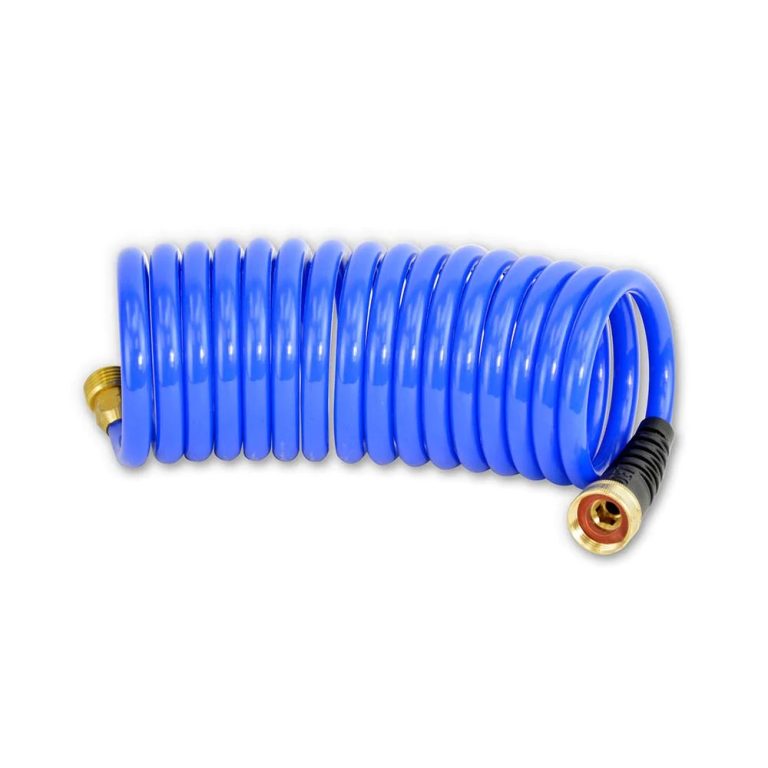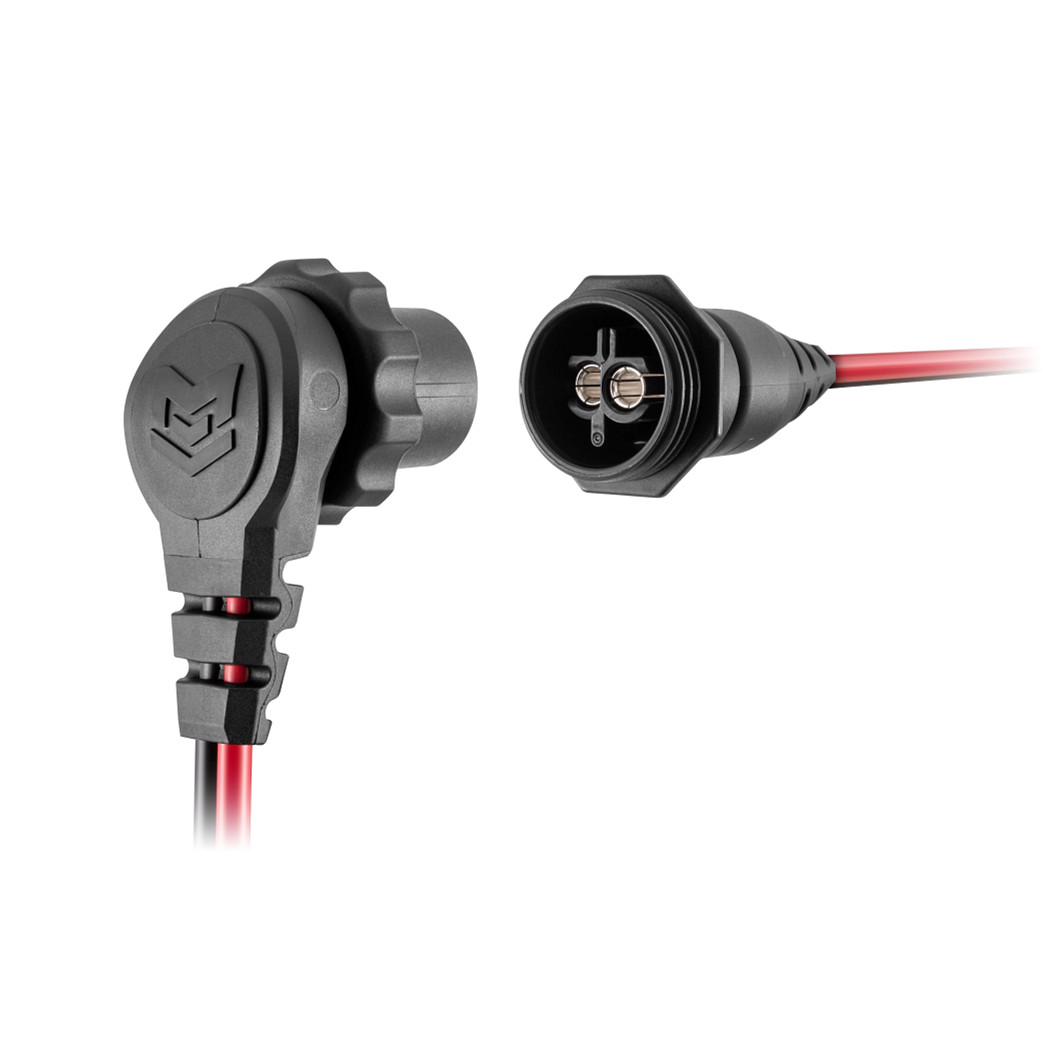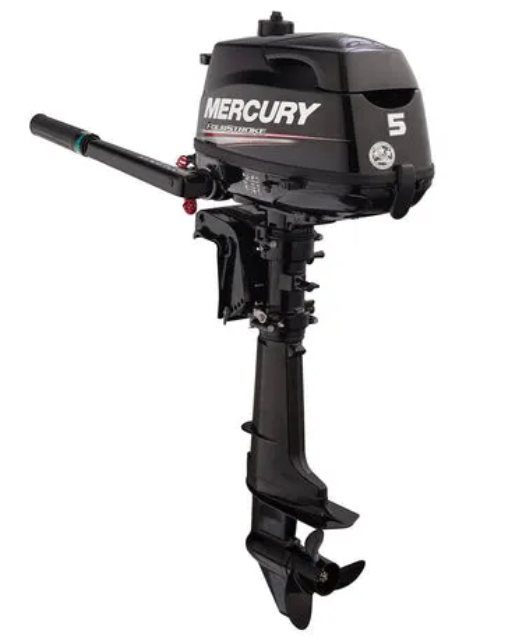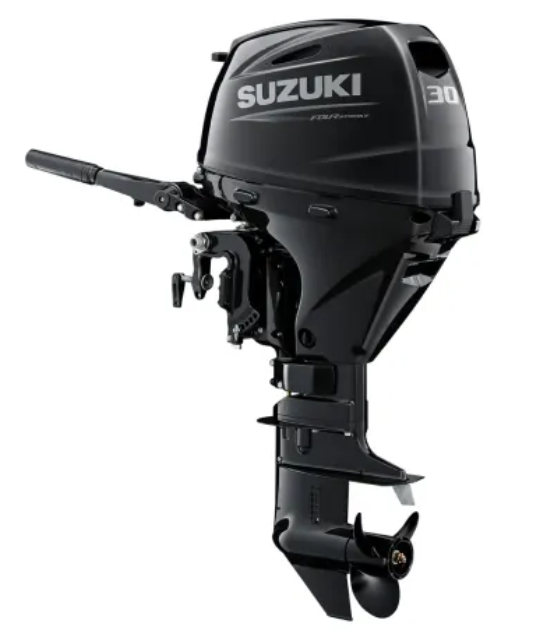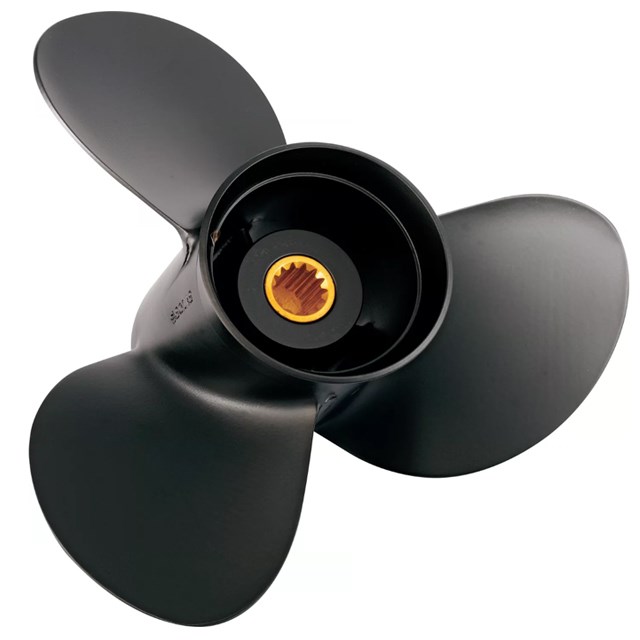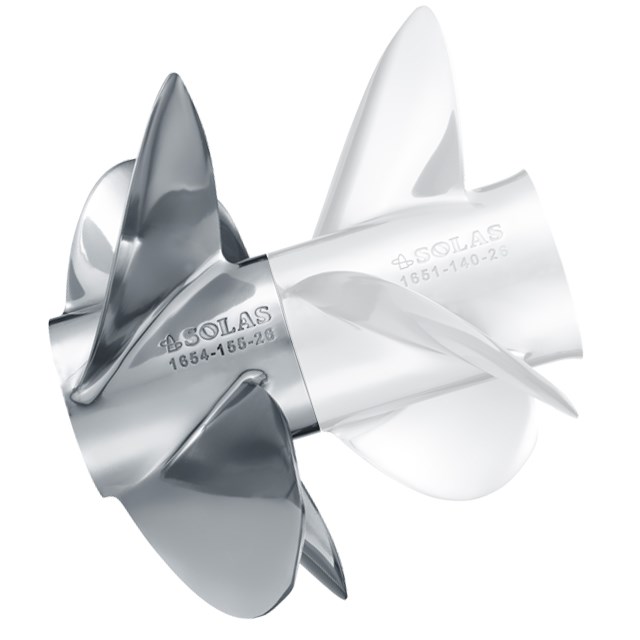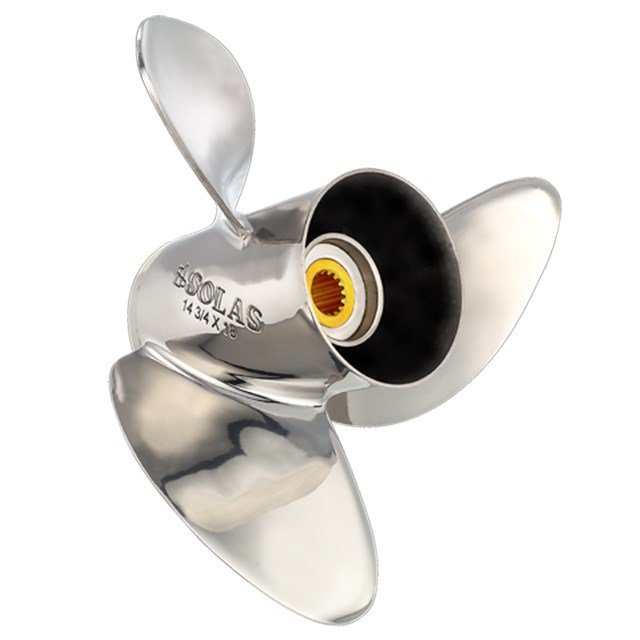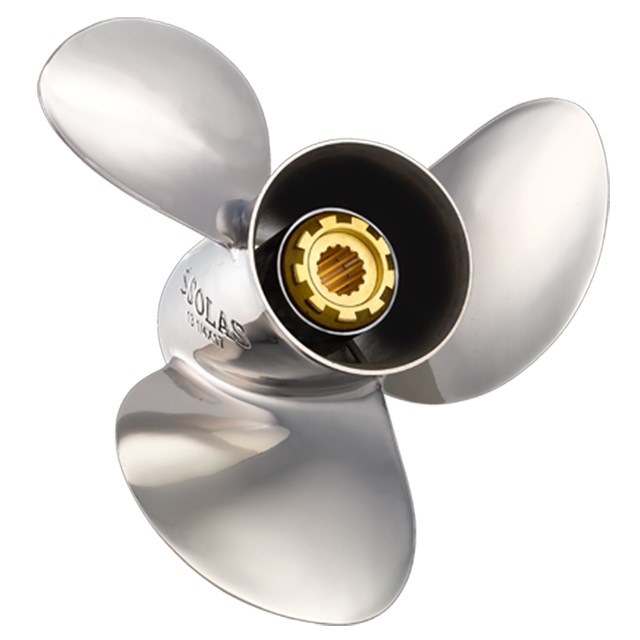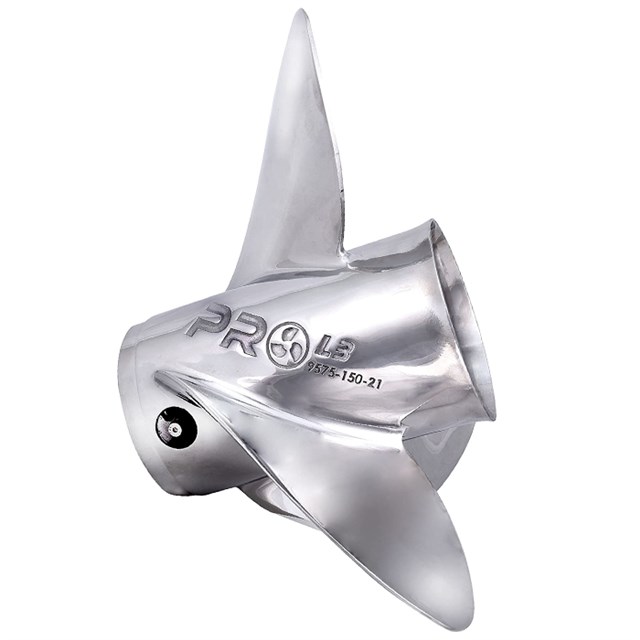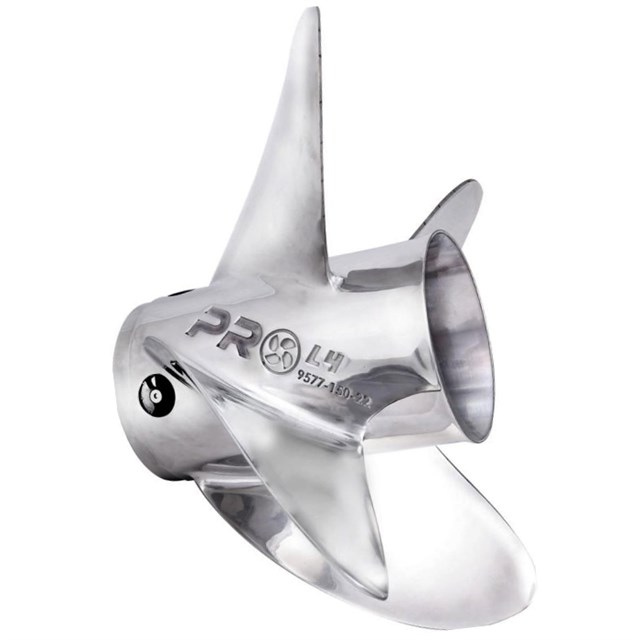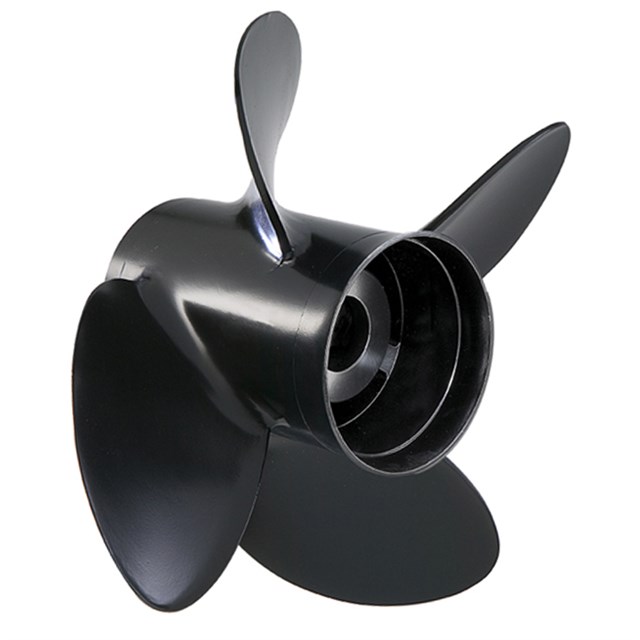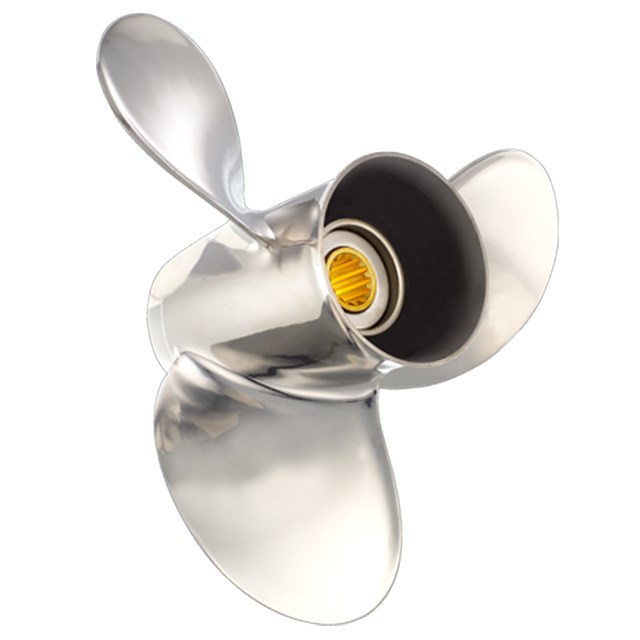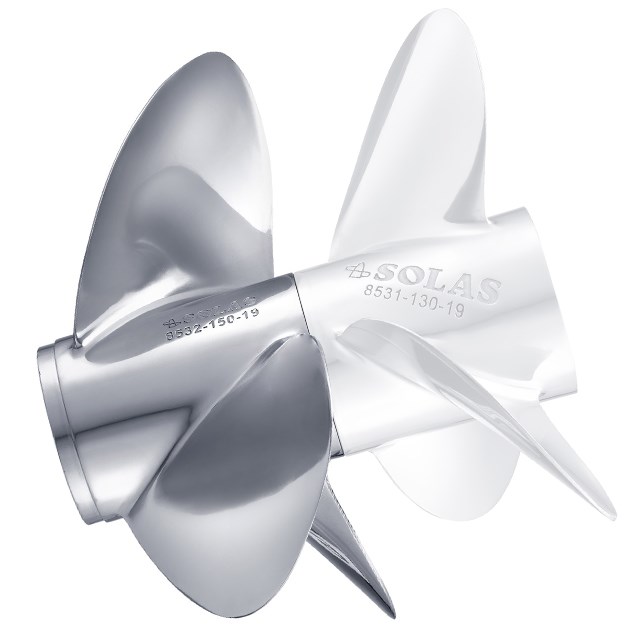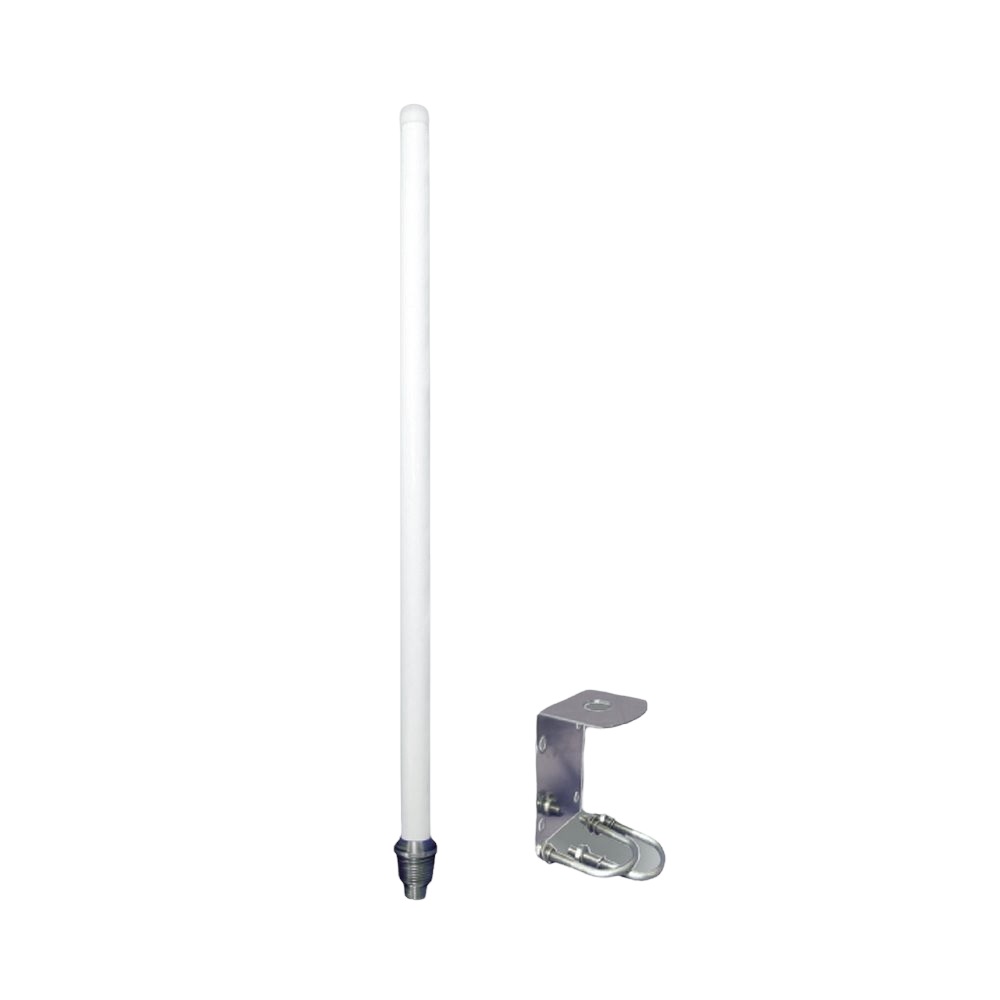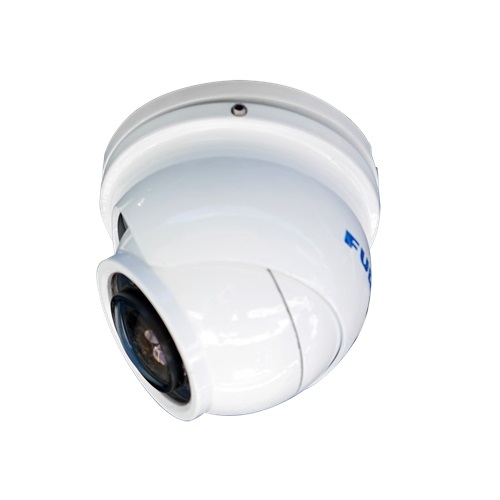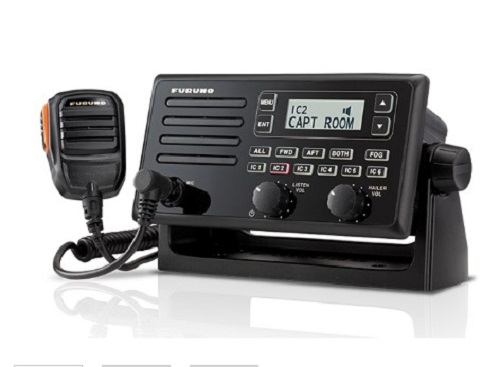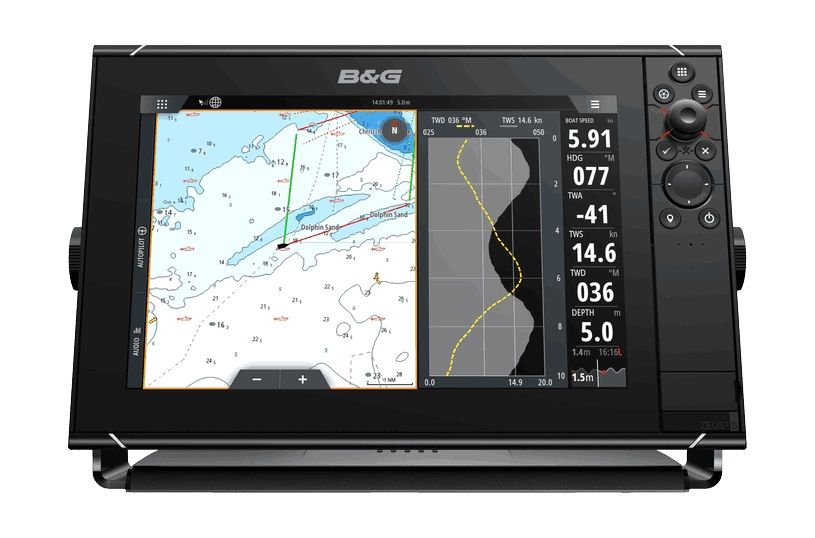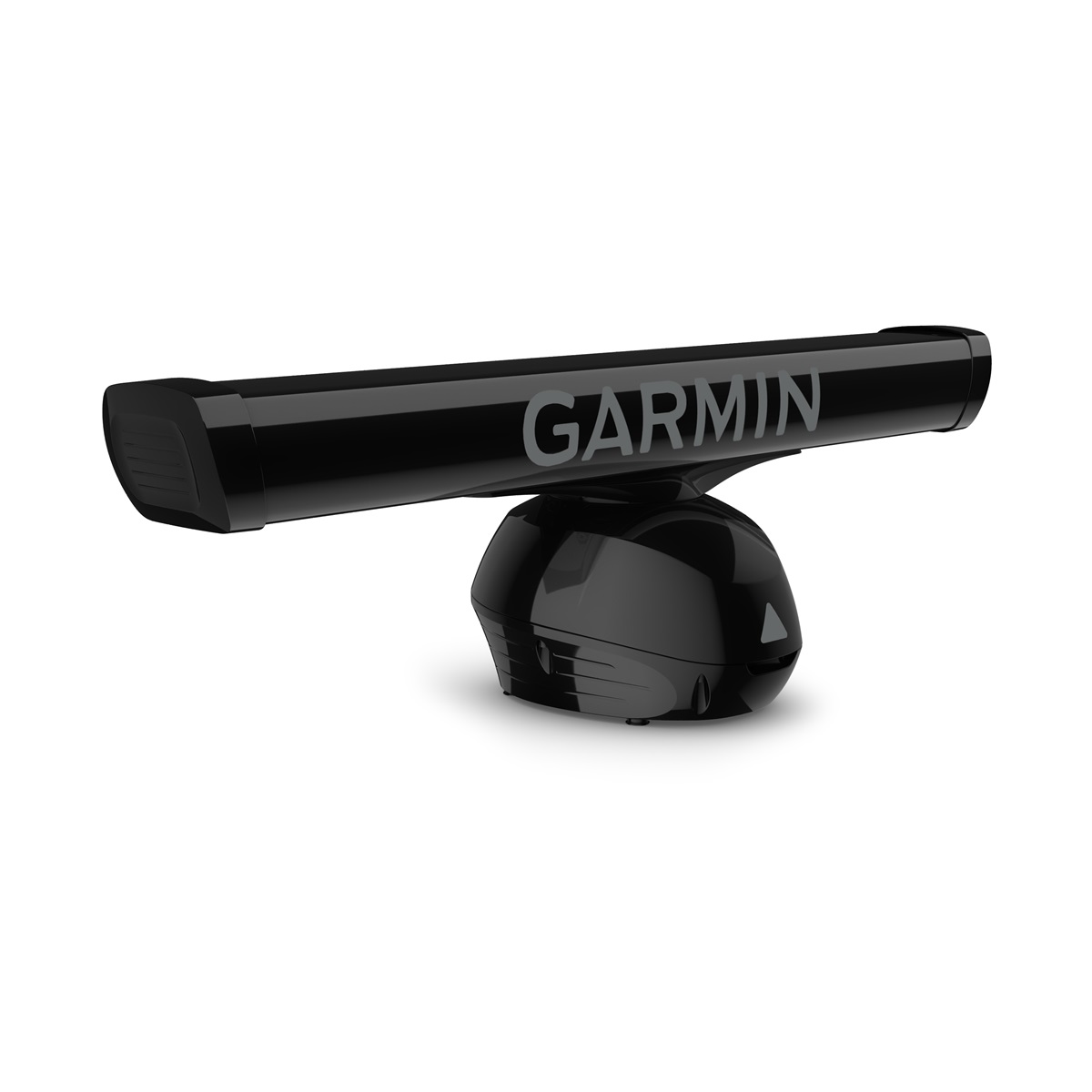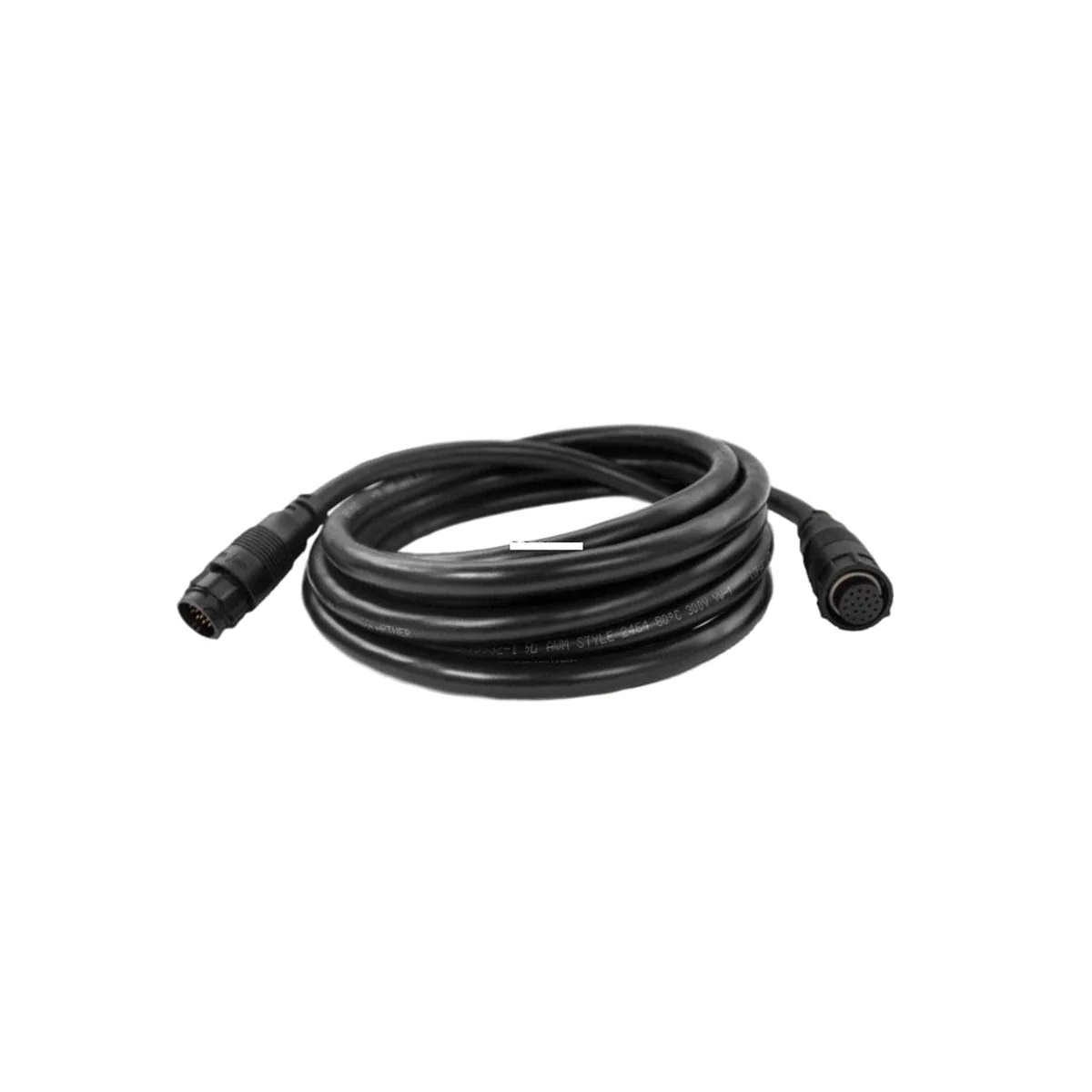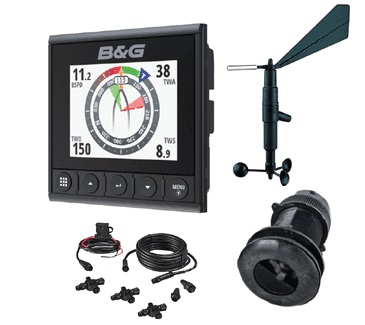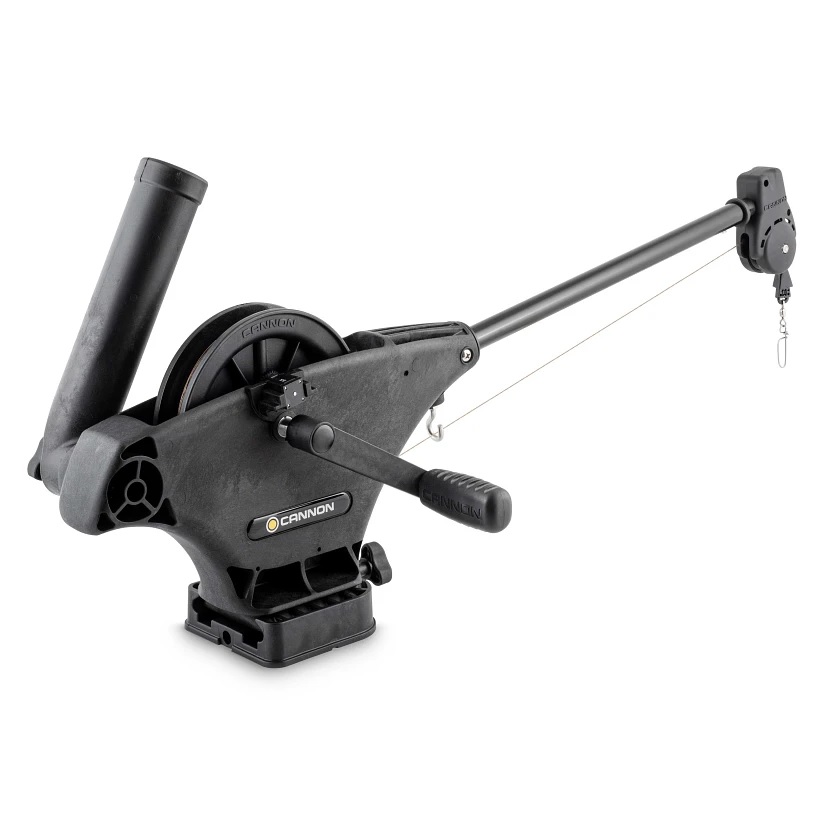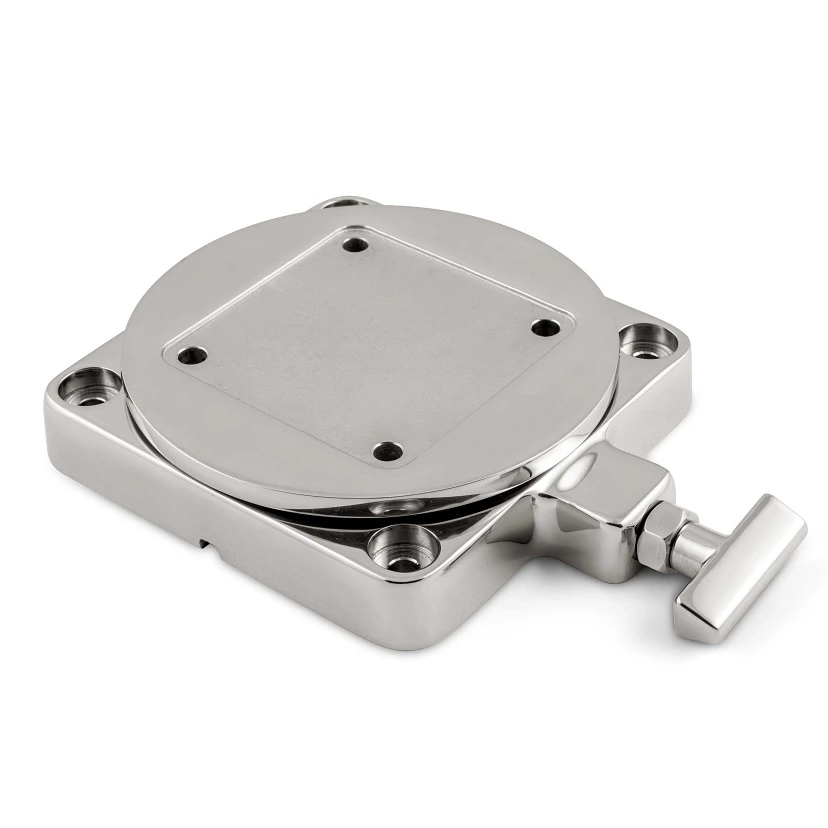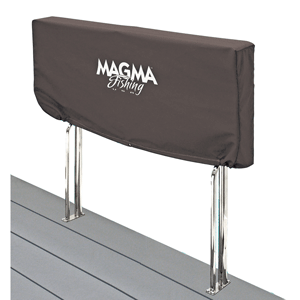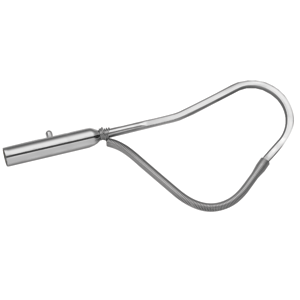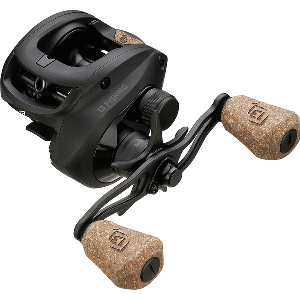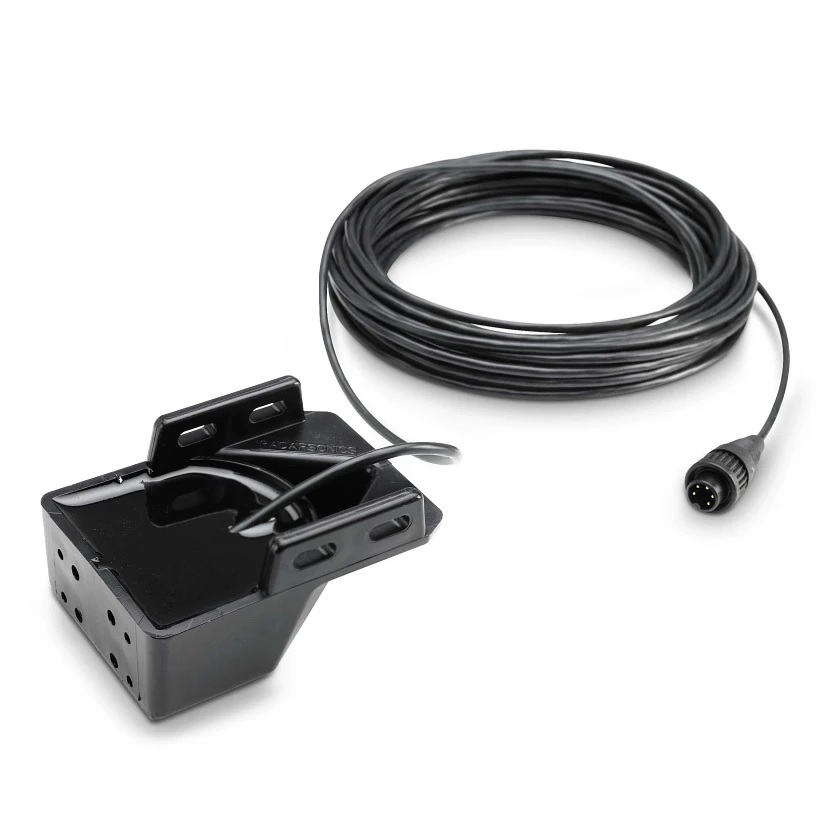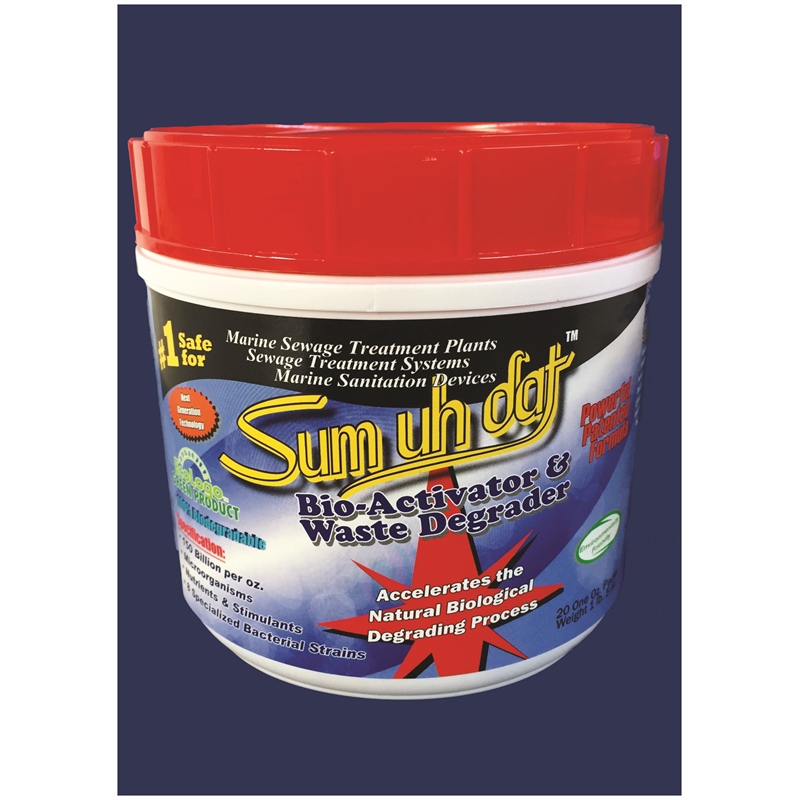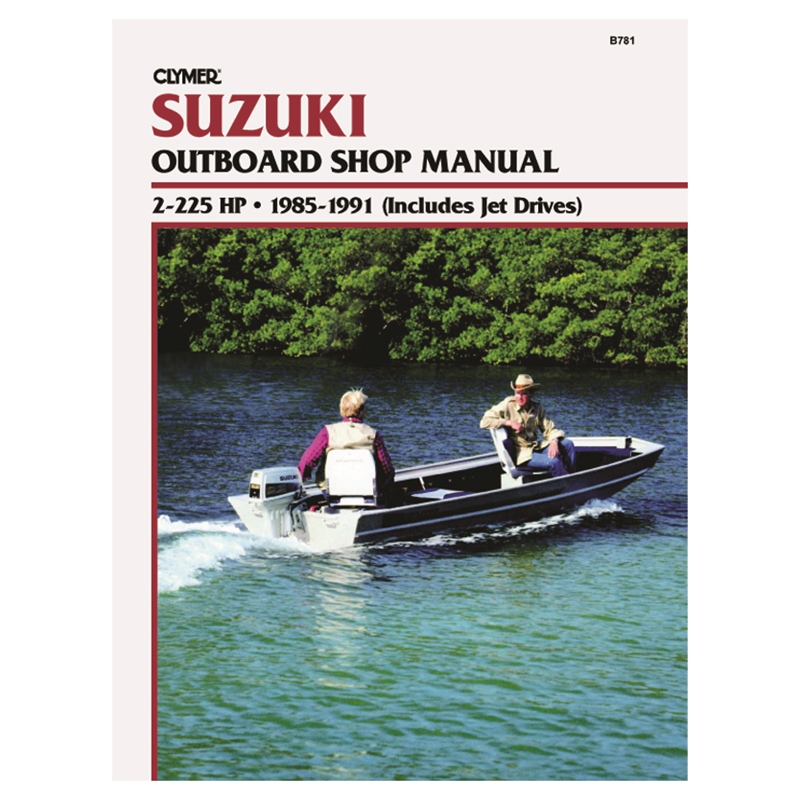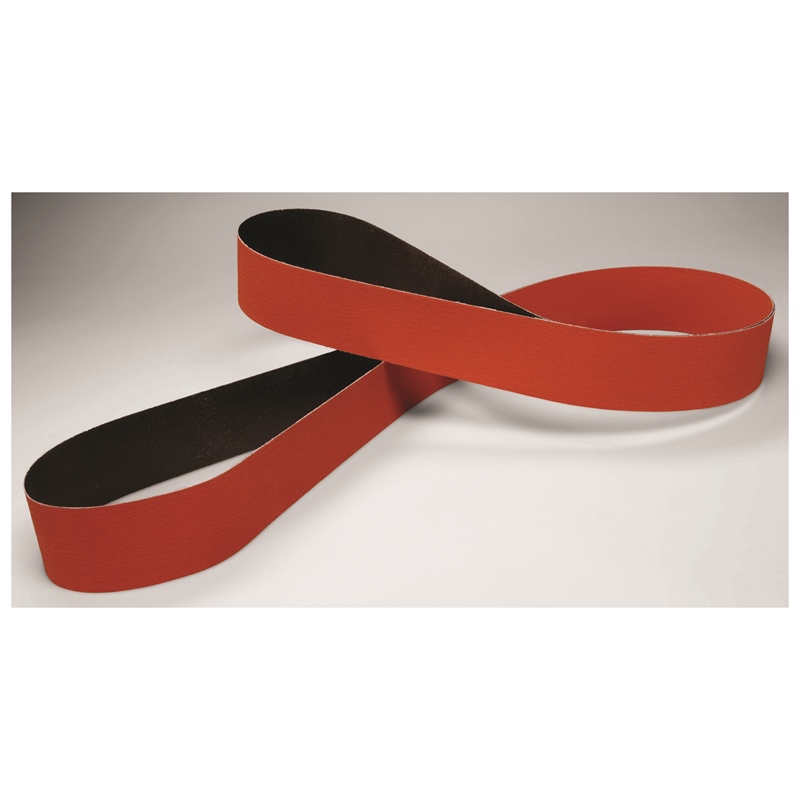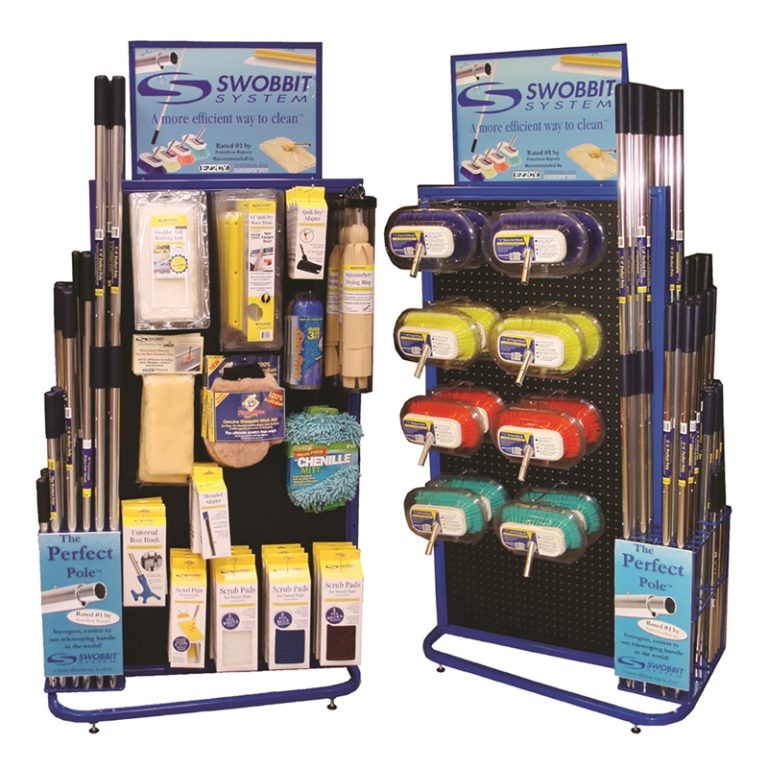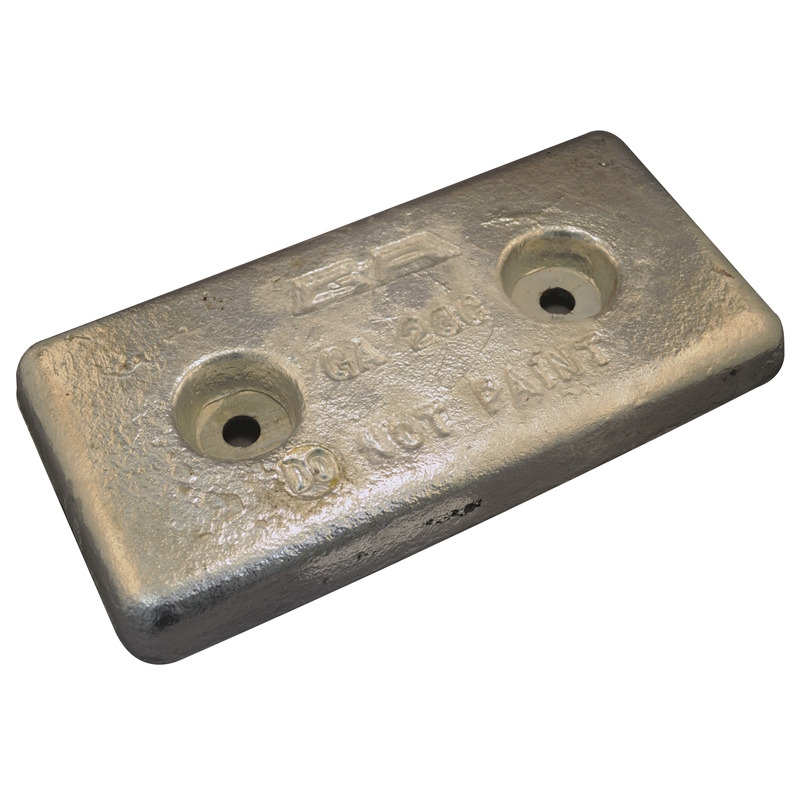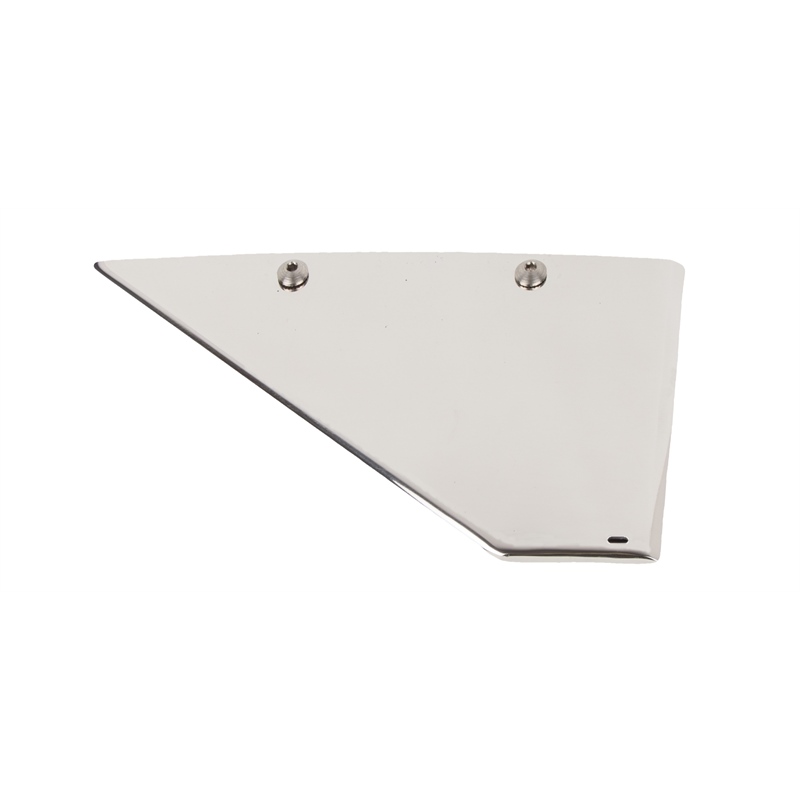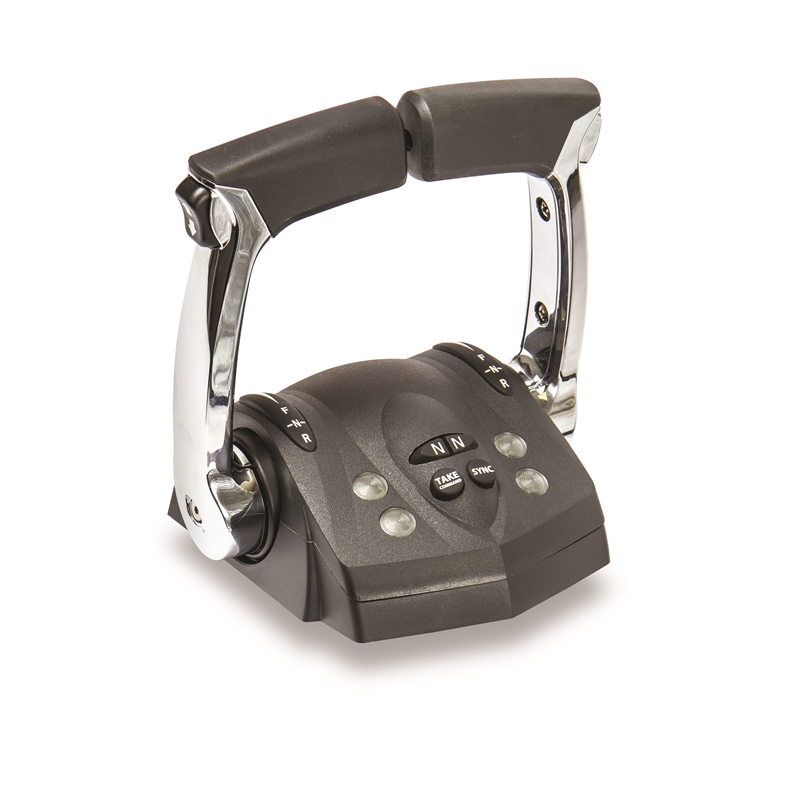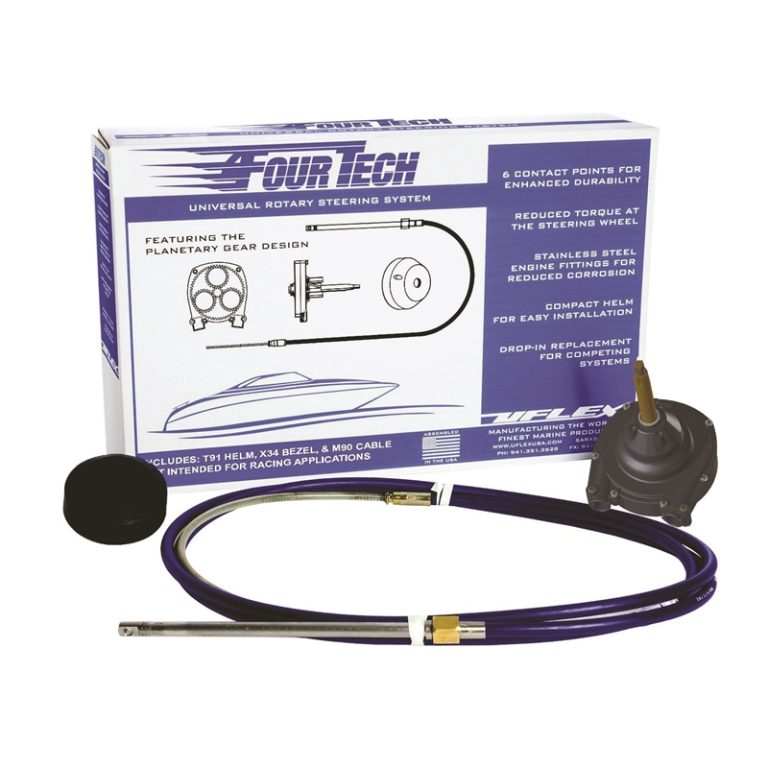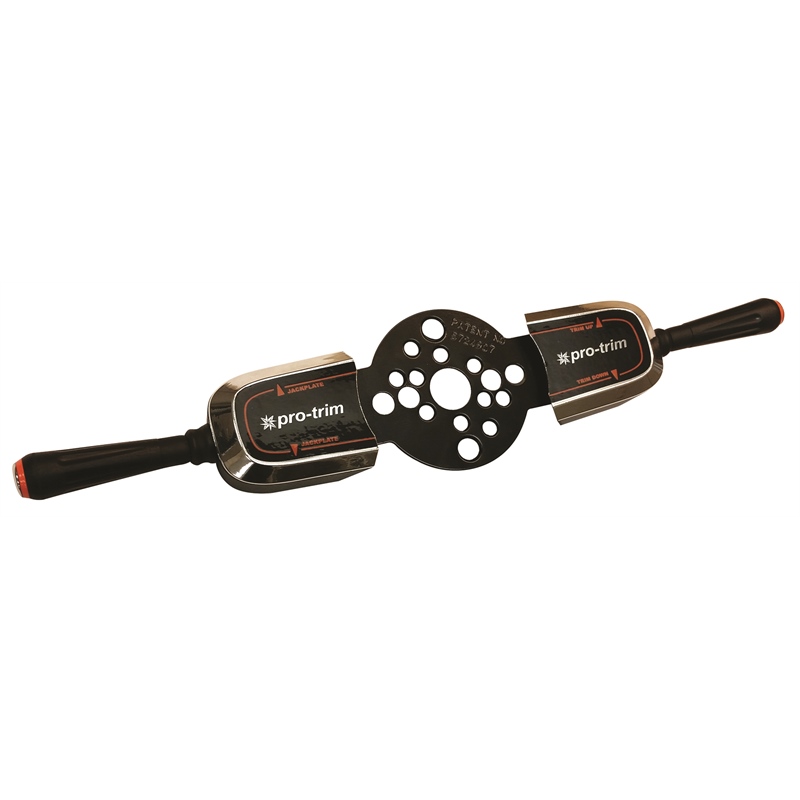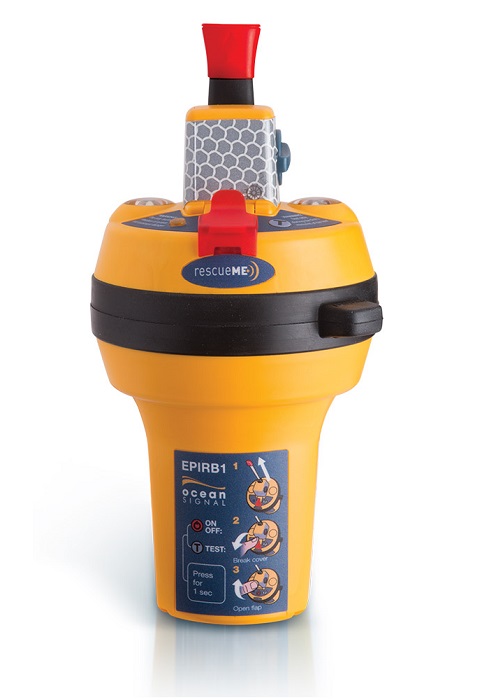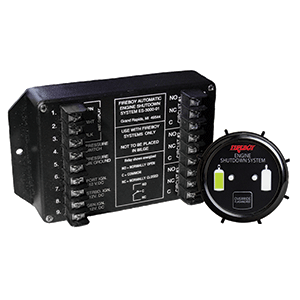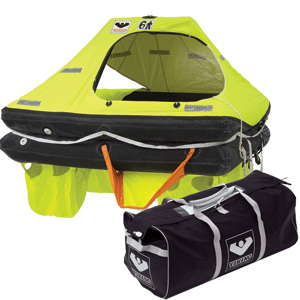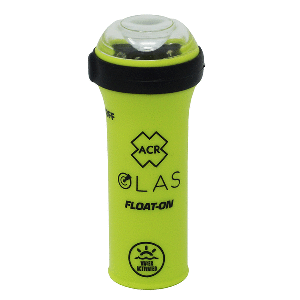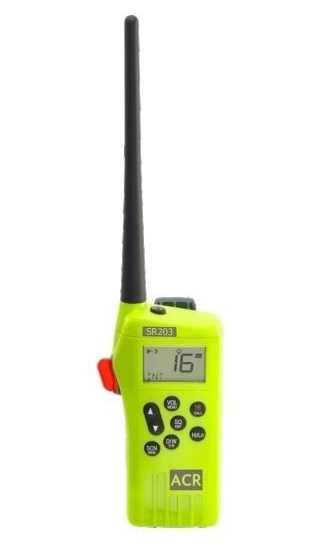What is the Role of Seals in a Lower Unit?
Introduction
When it comes to the maintenance and durability of a boat’s lower unit, seals are an unsung hero. These small yet powerful components play a pivotal role in ensuring the engine operates efficiently and reliably. Whether you’re navigating saltwater or freshwater, understanding the role of seals in a lower unit can save you from costly repairs and prolong the life of your engine.
This guide will explore the purpose of seals, how they work, common issues, and essential tips to maintain their effectiveness.
For expert advice and high-quality lower units designed to withstand water pressure, visit AllBoatSupplies.com and find the perfect solution for your boat today!
The Function of Seals in a Lower Unit
Seals in a lower unit are designed to serve two main purposes:
- Preventing Water Intrusion: Seals act as a barrier to keep water, debris, and other contaminants from entering the lower unit’s gearcase.
- Maintaining Lubrication: They ensure that essential gear oil remains inside the gearcase, enabling smooth operation of the gears and shafts.
These dual functions are critical to keeping the lower unit running efficiently, as even minor seal damage can lead to significant engine problems.
Key Areas Where Seals Are Used in a Lower Unit
- Propeller Shaft Seal:
- Prevents water from entering through the propeller shaft area.
- Protects the gears and bearings from rust and corrosion.
- Drive Shaft Seal:
- Shields the drive shaft area from water infiltration.
- Ensures that the gearcase oil remains uncontaminated.
- Oil Seals:
- Prevents gear oil leaks, maintaining the right lubrication levels.
- O-Rings and Gaskets:
- Provide additional sealing between components to prevent water intrusion or oil leakage.
Why Are Seals So Important?
1. Protection Against Water Intrusion
- Water entering the gearcase can mix with the gear oil, reducing its effectiveness.
- Contaminated oil can cause overheating and wear on internal components.
2. Preventing Corrosion
- By keeping water and salt out, seals protect metallic components from rust and degradation, especially in saltwater environments.
3. Maintaining Gear Efficiency
- Proper lubrication ensures that the gears and shafts work without excessive friction. Faulty seals lead to oil leaks, which can cause mechanical failure.
4. Extending Engine Lifespan
- Seals help prevent major damage to internal components, reducing the need for frequent replacements and repairs.
Common Problems with Lower Unit Seals
- Wear and Tear:
- Seals degrade over time due to friction, heat, and exposure to harsh environments.
- Saltwater Corrosion:
- Salt deposits can compromise the integrity of seals, especially if not rinsed off after each trip.
- Debris Damage:
- Fishing lines, sand, or other debris can get caught around the propeller shaft and damage the seals.
- Improper Installation:
- Poorly installed seals can lead to gaps, allowing water to enter or oil to leak.
- Aging or Cracking:
- Older seals can become brittle and lose their effectiveness.
How to Identify Seal Problems
- Cloudy or Milky Gear Oil:
- A clear sign of water intrusion into the gearcase.
- Oil Leaks Around the Propeller Shaft:
- Indicates a damaged or worn-out propeller shaft seal.
- Unusual Noise or Vibration:
- Faulty seals can cause misalignment, leading to abnormal sounds during operation.
- Visible Damage:
- Check for cracks, wear, or tears during regular inspections.
How to Maintain and Replace Seals
1. Regular Inspections
- Inspect seals for signs of wear, cracks, or damage every time you perform routine maintenance.
2. Clean the Lower Unit
- Rinse the lower unit with freshwater after every use, especially if you operate in saltwater.
3. Replace Seals Periodically
- Seals have a limited lifespan and should be replaced as part of routine maintenance.
4. Use a Propeller Shaft Guard
- Install a guard to prevent fishing lines and debris from damaging the propeller shaft seal.
5. Monitor Gear Oil Levels
- Regularly check the gear oil for signs of leakage or contamination.
Steps to Replace a Seal
- Drain the Gear Oil:
- Remove the drain plug and let the oil drain completely.
- Remove the Propeller:
- Take off the propeller to access the propeller shaft seal.
- Extract the Damaged Seal:
- Use a seal puller to remove the worn-out seal.
- Install the New Seal:
- Lubricate the new seal and press it into place using a seal driver.
- Reassemble and Test:
- Reinstall the propeller, refill the gear oil, and test for leaks.
Tips for Prolonging Seal Life
- Flush After Every Use:
- Especially important in saltwater environments to remove corrosive elements.
- Avoid Dragging Debris:
- Be cautious when boating in shallow or debris-filled waters to prevent seal damage.
- Use High-Quality Seals:
- Opt for marine-grade seals designed to withstand harsh conditions.
- Store Properly:
- Keep the boat in a dry place or use a lift to minimize water exposure.
Conclusion
The role of seals in a lower unit is indispensable to the efficient operation and longevity of your boat’s engine. These small components protect against water intrusion, maintain proper lubrication, and shield internal parts from corrosion. By understanding their function, identifying signs of damage, and adopting proper maintenance practices, you can ensure the seals remain effective and your lower unit performs at its best.
Proactive care not only extends the life of your boat’s lower unit but also saves you from expensive repairs down the line. Don’t overlook the importance of these unsung heroes the next time you hit the water!






